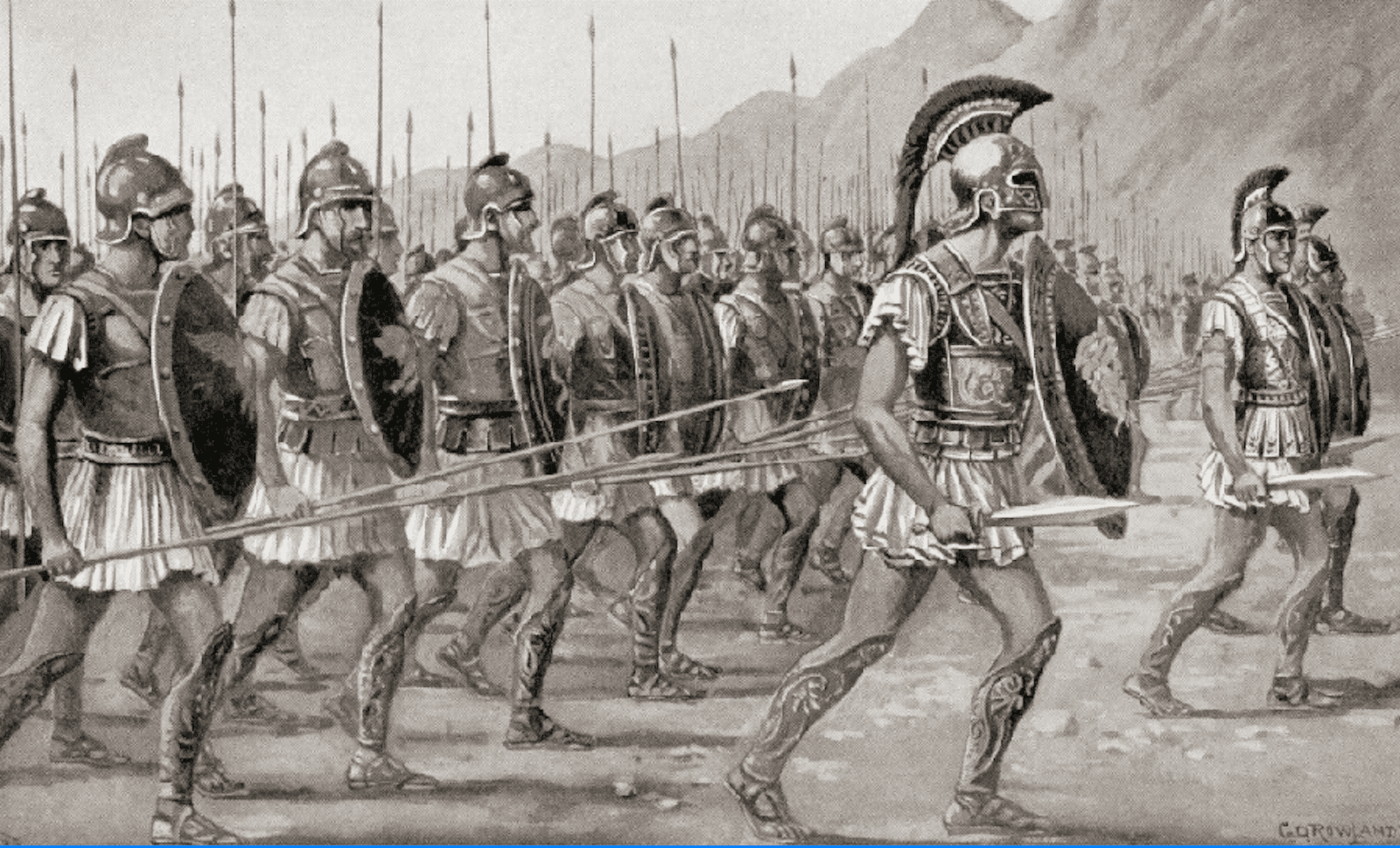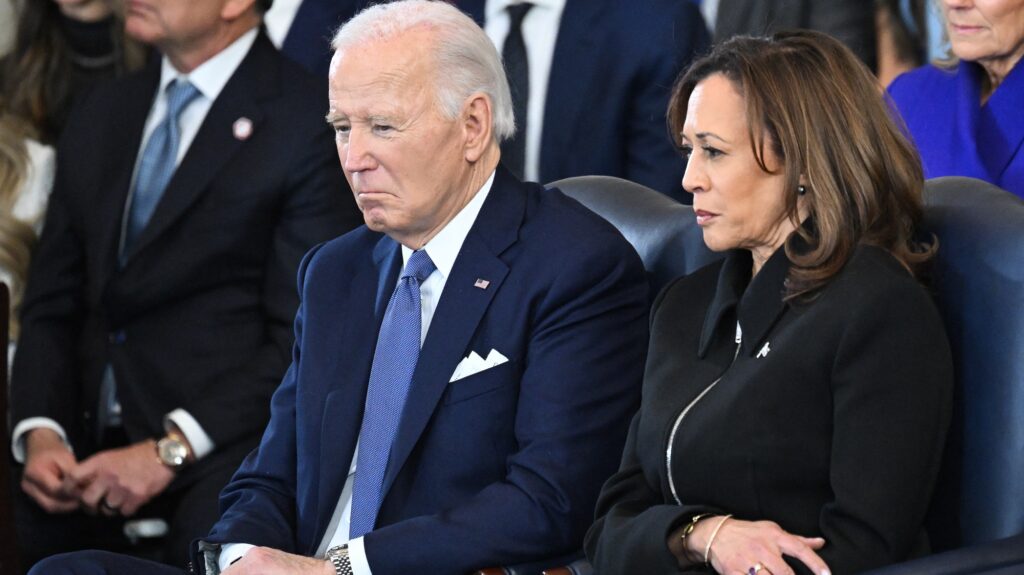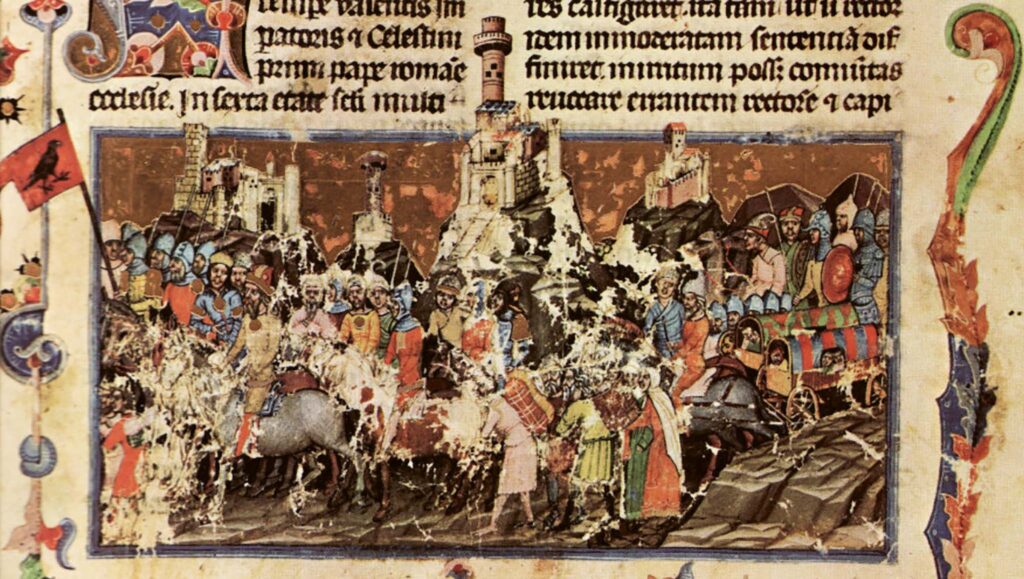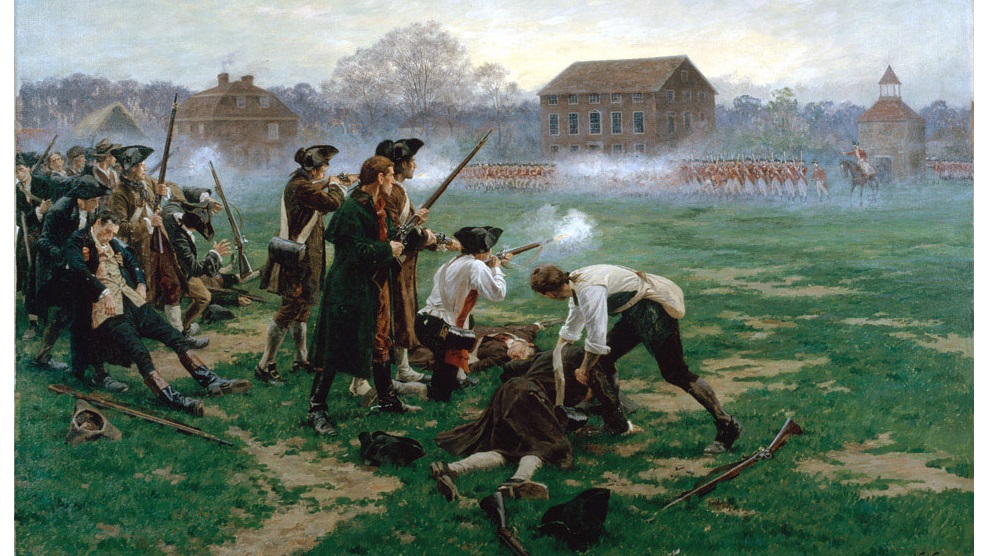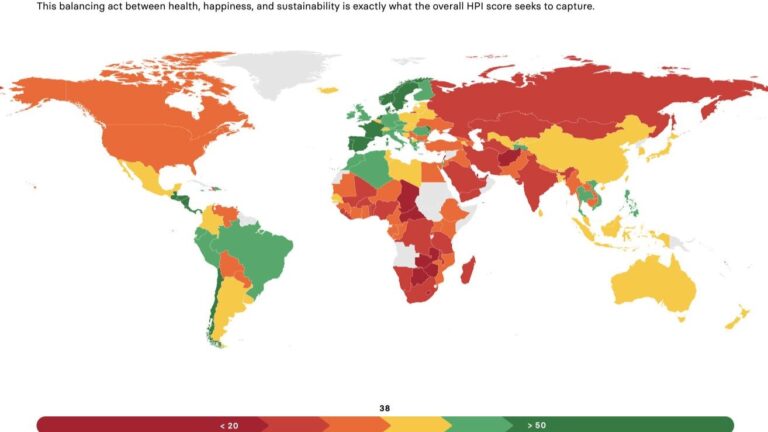Historical lessons from the age of Alexander the Great, the British Empire and the Cold War
The US withdrawal from Afghanistan shook up international politics. Yet, the United States is not the first great power in world history to fail in Afghanistan. Alexander the Great, Genghis Khan, the British Empire and the Soviets have all sought to bring the region under their influence, often at great cost in bloody fighting. The defeats of the great empires provide an interesting lesson in why it is so difficult to build and run a stable political government in the barren, rocky desert.
The failure of the United States in Afghanistan may symbolise a new chapter in international political history. A host of political, economic and military experts have analysed why the US cannot maintain its position in the Central Asian country. However, it is worth looking back in history and seeing why empires, such as the British Empire and the Soviet Union, or one of the greatest figures of antiquity, Alexander the Great, failed in this region centuries ago.
Alexander the Great in the ‘Land of Bones’
An examination of the historical sources suggests that the Macedonians faced very similar problems some two and a half thousand years ago to those faced by Soviet troops in the twentieth century and later by American forces. One of the major challenges is the geography of the area: the long mountain series cover nearly two-thirds of the country and stretch from China into central areas of the country. The porous, rocky terrain and lack of natural boundaries make it easy for the insurgents to control the area, and the high mountains and deep valleys make it difficult to keep the area under unified dominion. Another reason is the nature of the alliances and connections among Afghans, which vary from highly multi-ethnic tribal, interdependent relationships to fierce independence. This is further reinforced by the fact that only about 12 per cent of the land area of Afghanistan, formerly known as Bactria, can stand under cultivation. Malnutrition, disease and death are, therefore, ever-present. Thus, the people there are fighting for their lives, swiftly changing allies and enemies according to the momentary interests of local warlords, with the ally becoming the enemy in an instant.[i] This has become a very disturbing factor for all conquering forces, which have been forced to deploy much larger forces and have been depleted both psychologically and physically more quickly (An interesting parallel is that recent surveys in the US military show that many more soldiers returning from Afghanistan did report mental health problems and the suicide rates was higher than before).
It is also important to see that in the time of Alexander the Great, Zoroastrianism, not Islam, was the dominant religion. For Alexander and his army, the impact of this religion on everyday life was staggering. For example, when the Macedonians entered the gates of Bactra, they saw dead men’s bones lying on the ground. The bones were eaten by dogs, and in some cases even the physically weakened sick and elderly were served to dogs and animals, according to the traditions of the time. This was the land of bones.
After Alexander’s renewed war against the Persians around 330 BC, the Persian ruler Darius proved to be a militarily surprisingly harmless opponent. However, the advance of the Macedonian army caused Darius and the Persian leaders to flee what is now Iraq and Iran towards the interior of Asia, and especially Afghanistan. Macedonian leaders had difficulty in realising the significant risks that Bactria posed. The inhabitants of Bactria viewed Alexander and the Macedonians as foreign invaders and ‘infidels’, which intensified resistance.
The inhabitants of Bactria—and further north, Sogdiana—were less interested in the bloody struggle between Alexander and Bessus for the throne of Darius. Rather, the interference in the socio-economic habits and connections of the locals may have triggered a resistance to Alexander, which forced the Macedonian monarch— already after the Persians had been defeated(!)— to carry out the longest and most difficult military offensive of his life in the guerrilla wars against the local ‘raiding hordes’.[ii] It was here that Alexander suffered his most serious military defeat, and the death of the monarch was followed by a power vacuum and interregnum.
The ‘Great Game’
The British Empire suffered major setbacks in Afghanistan in the nineteenth century
Less well known is the fact that there were significant diplomatic tensions between the Russian Empire and the British Empire, tensions that were only ended by the First World War—and the decline of the British Empire—which in many ways was a precursor to war and the fall of the British.[iii] This diplomatic confrontation between the British and the Russians was the so-called ‘Secret Struggle’, or better known as ‘The Great Game’, a term still used today in relation to Asian political strategies. The Russian and British empires fought over the acquisition of political influence over a number of Asian territories, including Afghanistan. However, the origins of the confrontation go back to the eighteenth century and the political legacy of Napoleon, and by the mid-nineteenth century it had become a highly complex diplomatic struggle. As Peter Hopkirk notes, ‘It was a hazardous game, calling for cool nerves and a strong sense of adventure.’[iv] Nevertheless, it is typical that, despite the “adventures”, many British diplomats and spies never returned from their missions.
The first major British military setbacks began in 1838. One of the central figures in the story was Dost Mohammad Khan, who put up a stiff resistance to British ambitions for power. The British had a strategic vision of helping their chosen ruler to the throne and keeping the territory under British dependency. To this end, they selected Shuja Shah to gain a strategic advantage over the Russians. However, in 1836, Dost Mohammad declared jihad against Shuja Shah, defeated him militarily at Kandahar, removed him from the leadership and refused to allow the British to set up a puppet state. Dost Mohammad was firmly committed to the political independence of the Afghan territories —and, of course, to his own influence—and resisted the British attempts to impose his rule. However, it became increasingly clear to the British that Dost Mohammad was playing a ‘double game’ in order to create political space for his own, with contacts with Russian and Persian diplomats.[v] On the basis of various tactical ideas, Dost Mohammad made deals first with the British and then with the Russians, but in reality he refused to commit himself to either side. Once the British realised this and knew that they would fail to get their way because of Dost Mohammad’s determination, they launched a war against Afghanistan.
This later proved to be a big mistake.
According to James Lunt, the first British invasion of Afghanistan in 1839 was one of the most ill-conceived and poorly executed military actions in British history. It involved 15,200 soldiers, 38,000 servants and 30,000 (!) camels. Some officers used a total of 60 camels just for their personal effects. In addition to military equipment, the British Army also took brass bands, cigars, foxhounds and polo ponies. It is no coincidence that the military detachment very quickly exhausted and used up the scarce ‘useful supplies’, and the camels died very quickly. But these were only the initial difficulties.
In the first period, the expedition won rapid victories. Part of the reason for this was that Dost Mohammad and the tribes and leaders who assisted him had withdrawn from the British army and did not engage in any real direct fighting. Accordingly, the British forces found Kandahar ’empty’ in April 1839 and Shuja Shah was able to return to the throne. Dost Mohammad found refuge in the caves of the mountains and hid there for a year, and then, according to the story, he rode on horseback to the head of the British forces, General Macnaghten, and ‘amicably’ surrendered. But the reality is that just a few months later, Dost’s son Mohammad Akbar was organising resistance to the British. While Dost Mohammad was in prison in Kabul, riots and bloody assassinations against the British became more and more frequent. As General Macnaghten tried in vain to negotiate with Mohammad Akbar, the situation became increasingly difficult for the British leaders. General Macnaghtan was captured during the negotiations, and he was lynched and dismembered by an angry mob that then paraded in Kabul with his body. The British then decided to withdraw immediately from Afghanistan, but the situation became even more serious for them. The Afghan tribesmen attacked some 4,500 soldiers and 12,000 civilians marching from Kabul towards Gandamak and then brutally massacred almost the entire crowd. The story of Dr William Brydon, who is remembered as the sole survivor of the terrible attack and the only credible eyewitness to the events, is well known. Brydon arrived back in Jalalabad on horseback on 13 January 1842, seriously injured.
The British made futile efforts to evacuate the remaining British garrison in the following months, having already suffered catastrophic losses. In the autumn of 1842, another British military expedition attacked Kabul, where British forces attempted to free British prisoners. However, in retaliation, British troops burned down the Afghan palace and bazaar and looted the city. They then withdrew permanently from Afghanistan towards India. However, this scene remains vivid in Afghan culture to this day and reinforces the rejection of ‘Western foreigners’ in the country. At the same time, it made the British even more hated in Afghanistan, which contributed to their further failures during the ‘Great Game’.
‘Fighting Afghans? Like nailing jelly to a wall …’
Afghanistan’s Muslim president, Mohammed Daoud Khan, has sought to establish ever greater independence for his country, a point Daoud made openly to Soviet General Secretary Leonid Brezhnev in 1977, when Brezhnev objected, somewhat threateningly, to Afghanistan’s links with NATO countries.[vi] However, Daoud’s double-dealing with the Soviets and the Americans eventually cost him his life: in 1978, a political group based on Marxist-Leninist ideology carried out a coup against the Afghan leadership, during which Daoud and his family members were executed. This was the so-called Saur Revolution, which the new— pro-Soviet ‘Afghan government then sought to portray as a “continuation of the Great October Revolution”’.
The “revolution” then turned into an invasion when, in the face of mounting resistance, the 40th Soviet Army and paramilitary units invaded Kabul in December 1979
This was the real beginning of the Soviets’ ‘passions’ in Afghanistan, which lasted almost ten years. The Afghan resistance was supported by foreign forces, including the US CIA. But that was not the biggest problem for the Soviet Union. Rather, it was the stubborn resistance of the ‘holy warriors’, the jihadist-led mujahideen in the countryside. The Soviets’ optimistic plans focused on gaining control of the centres – Kabul, Herat. But military convoys in the countryside were increasingly attacked by spontaneously organised rebel groups. Rural tribal leaders, mainly through Pakistan, were also involved in importing arms from abroad for the rebels. The diplomatic situation was complicated by the fact that the mujahideen were supported by other Muslim countries, including Saudi Arabia, Iran, Egypt and Jordan. The role of Islam was not only important here, but also the growing fear in the Persian Gulf of the repercussions of the Cold War.
Soviet troops were thus under increasing pressure. They were also increasingly challenged by the tactical manoeuvres of the rebels. Six rebel Sunni Muslim groups even agreed to form an alliance against the Soviets.[vii] The mujahideen thus became even more organised in their sabotage operations against the Soviets, who were unfamiliar with mountain paths and narrow passes. The Soviet armoured vehicles found it difficult to fight successfully against the resistance, which quickly disappeared into the mountains. In the countryside and increasingly in the cities, the Afghans carried out attacks that caused heavy casualties. It was not by chance that the phrase ‘Fighting Afghans was like nailing jelly to a wall; in the end there was just a wall full of bent nails’ became known among Soviet soldiers and 20 years later among American soldiers. Resistance fighters were able to damage increasingly important targets, not only bridges, but also government buildings, fuel lines and utilites.
According to military descriptions, the Mujahideen were extremely brave, their religious background reinforced their daring, and in their ranks, brave fighting also meant personal glory. Indeed, in many cases this bravery manifested itself in grave atrocities, such as the blowing up or burial alive of Soviet soldiers and officers. For the mujahideen, fighting, regardless of the outcome, was a religious duty. ‘Battlefield victory is almost irrelevant, provided that the guerrilla survives to fight the next of a thousand battles before passing the torch to his children’, wrote Ali Ahmad Jalali.[viii] Resistance fighters have adopted an increasingly conscious strategy.
The fear and suffering in the Soviet soldiers continued to grow, as Borovkin described in harrowing accounts. There were soldiers who, after suffering serious injuries such as losing their legs or hands, blamed their parents for their having been born at all.[ix] By the end of the 1980s, the Soviet Union had lost 15,000 soldiers in Afghanistan and almost 60,000 Soviet soldiers had been wounded. It is estimated that more than 50,000 soldiers died in the ranks of the mujahideen. In the end, historians believe that the Soviet Union was on the losing side. It was the world power’s last great military fiasco.
It is telling how an Afghan military leader summed up what happened as follows:
‘As a nation, we believed that history repeats itself. What happened in the nineteenth-century to the invading British would also be the fate of the Soviet invaders. Philosophically the Soviets believed that history is unidirectional, progressive and does not repeat itself. History did repeat itself and we did prevail.’[x]
[i] Frank l. Holt: Into the Land of Bones. Alexander the Great in Afghanistan. University of California Press, Berkeley, 2005. 10.
[ii] Holt: Alexander the Great and Bactria. E. J. Brill, Leiden, 1988. 54.
[iii] Christopher M. Wyatt: Afghanistan and The Defence of Empire. Diplomacy and Strategy during the Great Game. Tauris Academis Studies, London, 2011. 24.
[iv] Peter Hopkirk: The Great Game. On Secret Service in High Asia. John Murray/Kodansha International, 1992. 42.
[v] Meredith L. Runion: The History of Afghanistan. (Greenwood Press, London, 2007. 77.)
[vi] Hafizullah Emadi: Dynamics of Political Development in Afghanistan. (Palgrave Macmillan, New York, 2010. 98.)
[vii] Gregory Feifer: The Great Gamble. The Soviet War in Afghanistan. (Harper-Collins, 2010. 100.)
[viii] Jalali, Ali Ahmad, Grau, Lester W.: The Other Side of The Mountain. Mujahideen Tactics in the Soviet-Afghan War. (Books Express, Saffron Walden, 2010. 397.)
[ix] Artyom Borovik: The Hidden War. A Russian Journalist’s Account of the Soviet War in Afghanistan. (Grove Press, New York, 1990. 117.)
[x] Jalali, Ali Ahmad, Grau, Lester W.: The Other Side of The Mountain. Mujahideen Tactics in the Soviet-Afghan War. (Books Express, Saffron Walden, 2010. 399.)

